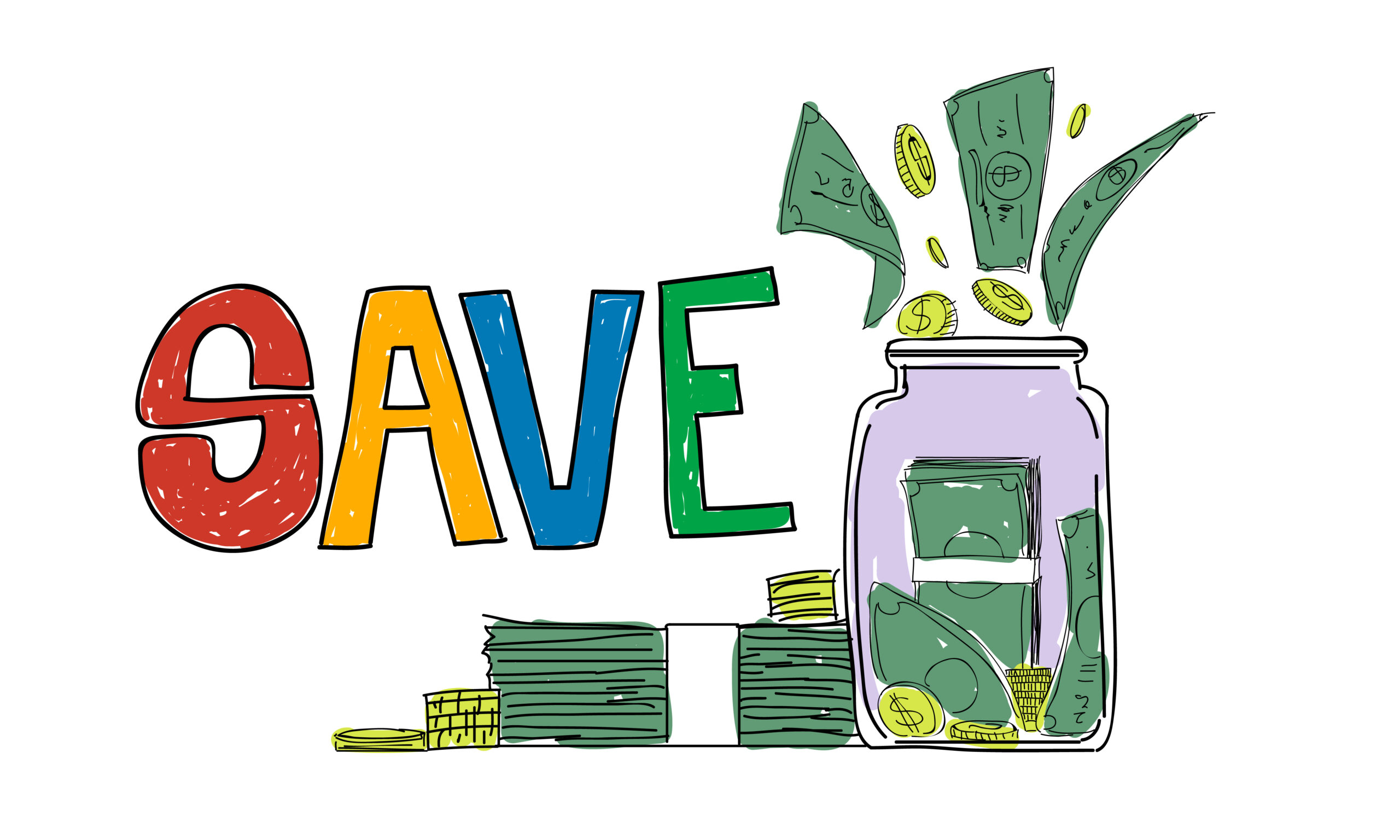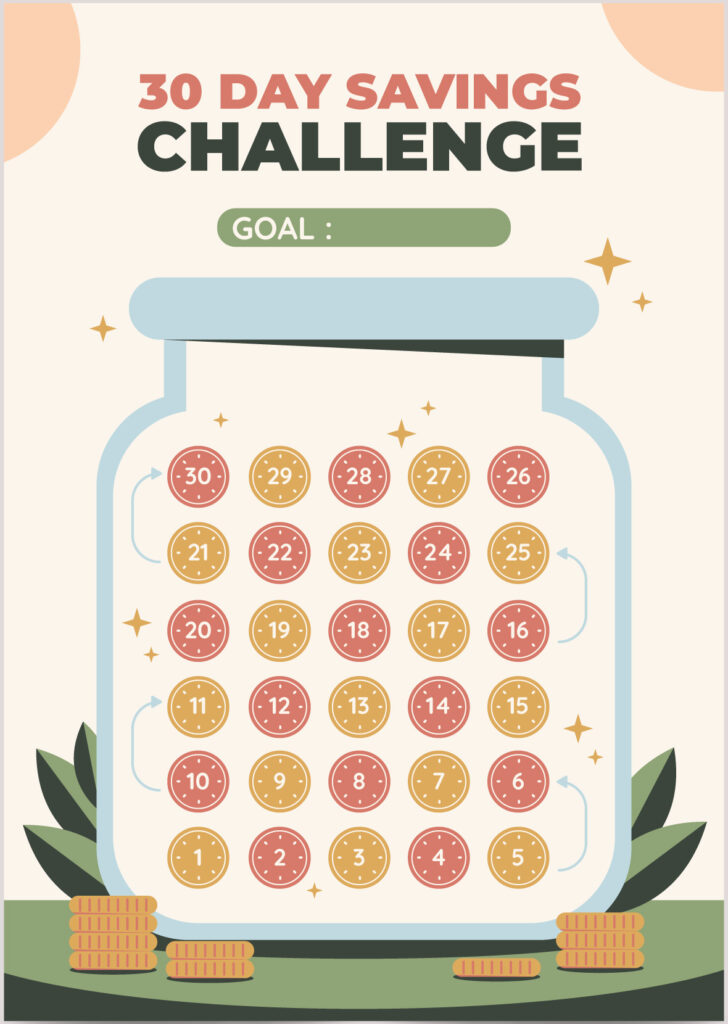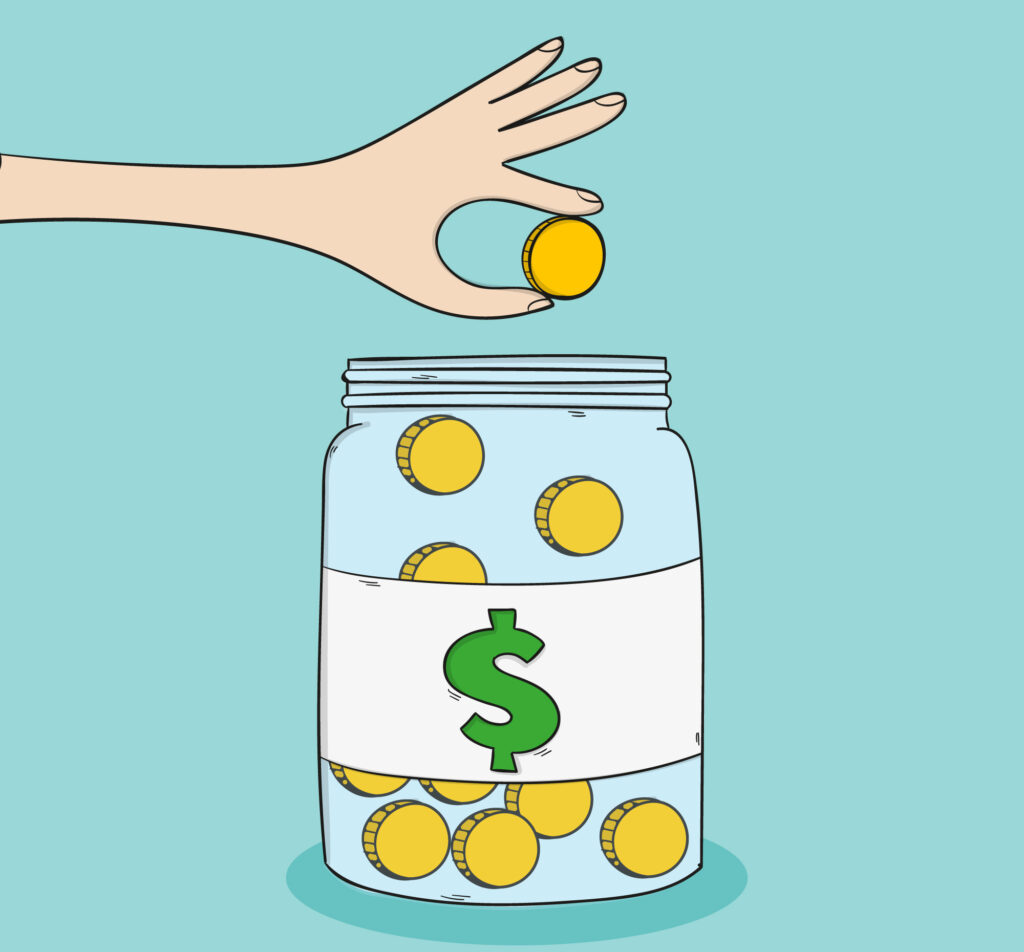30 Simple but Effective Financial Saving Tips
It does not mean saving money by giving up the things you love. Planning Smart and Being Creative can also help you carve out savings instead. Whether it’s saving for financial goals, paying off debt, or simply trying to live smarter, these 50 tips will make saving a little easier without having to sacrifice the fun.
Financial saving tips: Budgeting, automating your savings, and refinancing loans… can do a hustle on this long-term financial security. If you combine these strategies with relatively simple lifestyle changes, you can still get there.

These are 30 Simple ways to focus on financial tips in a condensed, relevant way.
1. Master Meal Prepping
One great way to save money on your food is to prepare meals at home. Planning meals means buying in bulk to avoid food waste, and not to get tempted to do all that eating out. Change your meals with new recipes so that your food will stay exciting, and not boring from our monotony of repetition.
2. Explore Free Entertainment
Many communities have free events, such as concerts, outdoor movies, and festivals. The activities are entertaining, but not have to pay ticket prices for them. Find out what’s free nearby happening in the community through your local community board or social media.
3. Leverage Cash-back Apps
Cash-back apps like Rakuten, Honey, and Ibotta give you an amount of cashback each time you get a percent of your spending back whenever you shop through their platform. Apart from saving money on daily expenses and earning rewards, using these apps consistently will help you rely less on cash on the daily.
4. Sell Unused Items
Turn (unused items into cash and declutter your home. WebWebsiteske eBay, Facebook Marketplace, and Posh-mark can help you sell clothes, electronics, and all your house’s things.
5. DIY Instead of Buy

DIY projects allow saving money and doing things the way you want. And the list goes on, from homemade gifts to personalized home décor… There’s YouTube, Pinterest and so many DIY tutorials online.
6. Use Public Transit or Carpool
Reducing up to two of your trips a day to the subway or carpooling with coworkers and friends can save enormous amounts of fuel and maintenance costs. Frequent riders also find many cities also offer discounts on transit passes.
7. Switch to Streaming Services
Then, go with streaming platforms like Netflix, Hulu, or Disney+ and you won’t have the expensive problem of paying a monthly cable bill. Cable is expensive, and most streaming services are much cheaper, and you even have options for how you can watch.
8. Track Spending with Budgeting Apps
Today, apps like Mint, YNAB (You Need A Budget), and PocketGuard will help you manage your spending, pinpoint free money areas, and stick to a budget. The tools make it easier and more efficient with finances.

9. Borrow Instead of Buy
Why should you spend money on goods you only need temporarily? Check out books, tools, or party supplies from other friends, neighbors, rs, or your local library. Often a library may have a large collection that is not just books such as DVDs, games, or equipment.
10. Cancel Unnecessary Subscriptions
Quite a few people forget about subscriptions they no longer use. Go over your bills monthly and cancel any other services you don’t need like unused gym memberships or even streaming platforms.
11. Host Potluck Gatherings
Socializing budgets doesn’t have to stress you; potlucks are fun ways to socialize without breaking the bank. Costs are kept low, but we share a meal with everyone to spread the love and build a feeling of community.
12. Adopt Meatless Mondays
One less veggie meal a week can slash the price of your shopping list. Preparing plant-based meals is both healthier and cheap and while plant-based meals are often cheaper to prepare, they can also be delicious as well.
13. Shop Off-Season
Off-season sales, buying things like clothing, holiday decorations, or outdoor furniture for less than full price is going to save you a bundle. Take winter coats, for example, they’re cheaper in spring.
14. Start a 30-Day Savings Challenge

For this challenge, you need to set aside some money every day for 30 days. For instance, saving $1 on the first day and then $2 on the second, and so on. In a month, you’ll start walking away with a decent amount.
15. Plan Staycations
Instead, don’t ruin traveling, and explore the local tourist attractions instead. Enjoy a low-cost vacation by visiting nearby parks, historic sites, or museums.
16. Pack Your Lunch
Eating lunch out can cost you hundreds of dollars per year but by bringing lunch to work you can save both some money and some time. Meal prepping keeps both your lunches cost-efficient and healthy.
17. Use Coupons and Promo Codes
Before buying look for coupons or promo codes online. RetailMeNot and Honey are just a few of the many websites that will help you find discounts on different products and services.
18. Embrace DIY Home Projects
Handle home improvement small projects yourself and save some money. It can be both rewarding and affordable to paint a room, build furniture, or plant a garden.
19. Join Loyalty Programs
Loyalty programs are everywhere — from many stores and restaurants offering discounts or freebies to frequent customers. Usually for free and can quickly add up to savings over time.
20. Invest in Energy Efficiency
Energy efficient appliances may have a higher upfront cost than their less efficient counterparts, but those bills will be spent on them eventually (after all, who can afford to spend 80-90% of their monthly income on utilities) As simple changes like LED use and sealing windows will also make a difference.
21. Automate Your Savings
Automate your transfers from your checking account to your savings account. It is for constant savings, without the hands-on work.
22. Negotiate Bills
Ask call service providers to negotiate lower rates for internet, phone, or insurance. On discount offers companies are willing to give discounts to retain customers.
23. Buy Secondhand
If you prefer to shop in thrift stores or online marketplaces for gently used items, you will spend way less. You can get clothing, furniture, and electronics for much less than the retail price.
24. Create a Savings Jar

Pick a jar and get a jar busy drawing coins or small bills away for a rainy day by making saving a game. If they’re small, they can soon add up to a lot.
25. Use Public Libraries
Books are not the being of libraries. If you’re looking to entertain for less, many of these offer free access to movies, music, classes, and events—you’ll want to take advantage.
26. Budget for Fun
Here’s how you need to allocate part of your income for entertainment expenses. That means you can have fun and not get in debt or feel guilty.
27. Plana a Weekly Grocery List
Make a meal plan and a shopping list before going to the store. To keep from impulse buying and food waste, stick to the list.
28. Shared Services and Expenses
Pool costs like streaming subscriptions, gym fees, or bulk grocery purchases with close companies lessen everyone’s bills. Group spending alleviates individual financial pressures.
29. Downgrade Pricey Pastimes
Rethink costly activities for more affordable options that are still satisfied. For example, exchange golf’s green fees for free hiking trails or high-end crafting materials for recycled items in thrift store DIY projects.
30. Take on Savings Challenges
Join money-motivating challenges to reboot spending routines and find places to cut back, like a week without non-essential purchases. These games make savings fun yet fruitful.
Conclusion
Saving does not require deprivation or drudgery. By applying these 30 basic strategies, you can savor life while constructing strong financial foundations. Start small, persist, and watch nest eggs blossom. Remember, saving signifies choice, not sacrifice, to secure your future.



How do I prioritize saving when my expenses take up most of my paycheck?
Track your spending to identify areas where you can cut back, like subscriptions or dining out. Redirect those savings to an emergency fund or other goals.
What’s the best way to start saving money if I’ve never done it before?
Start by setting a small, achievable goal, like saving $500 for emergencies. Automate your savings by setting up a direct deposit into a separate account every payday.
Are there any budgeting methods that help with saving money?
Yes! The 50/30/20 rule is popular: 50% of your income goes to needs, 30% to wants, and 20% to savings. You can adjust the percentages based on your financial situation.